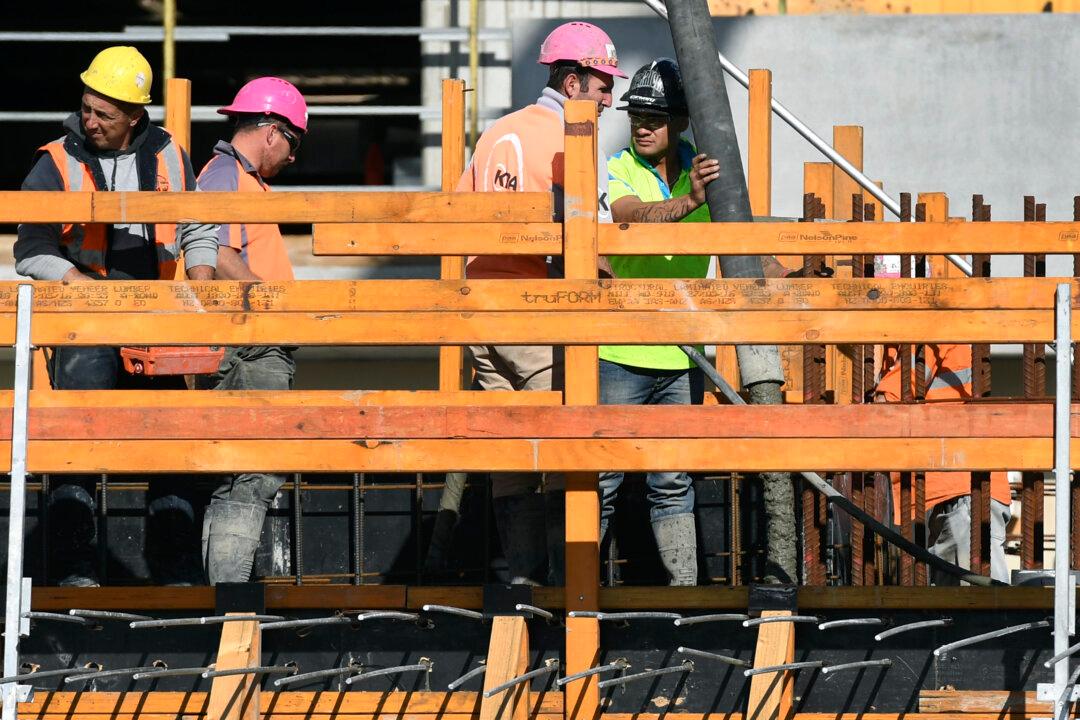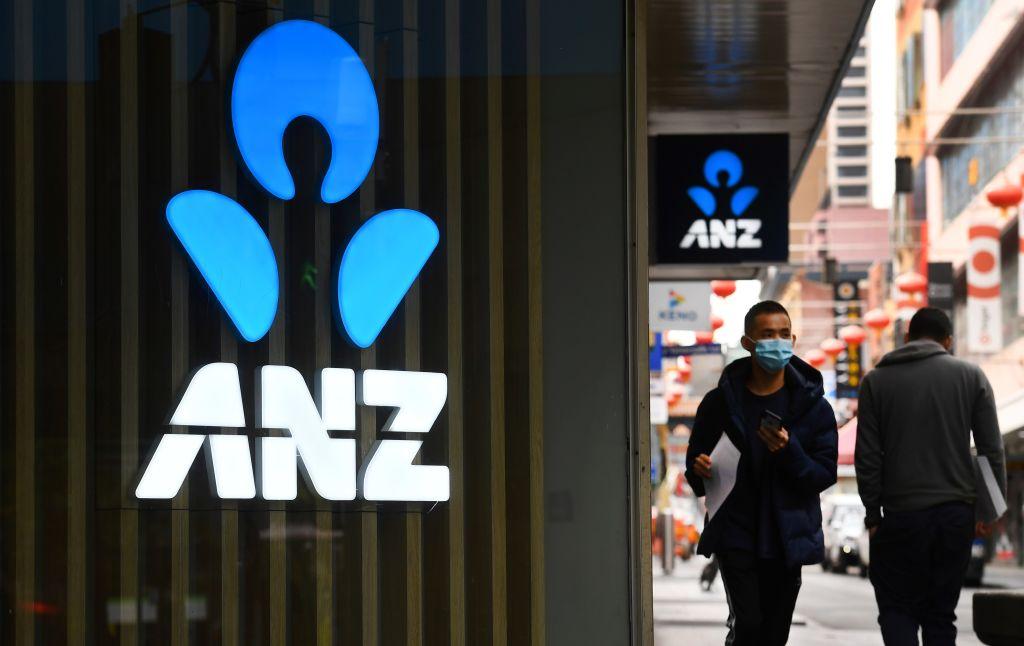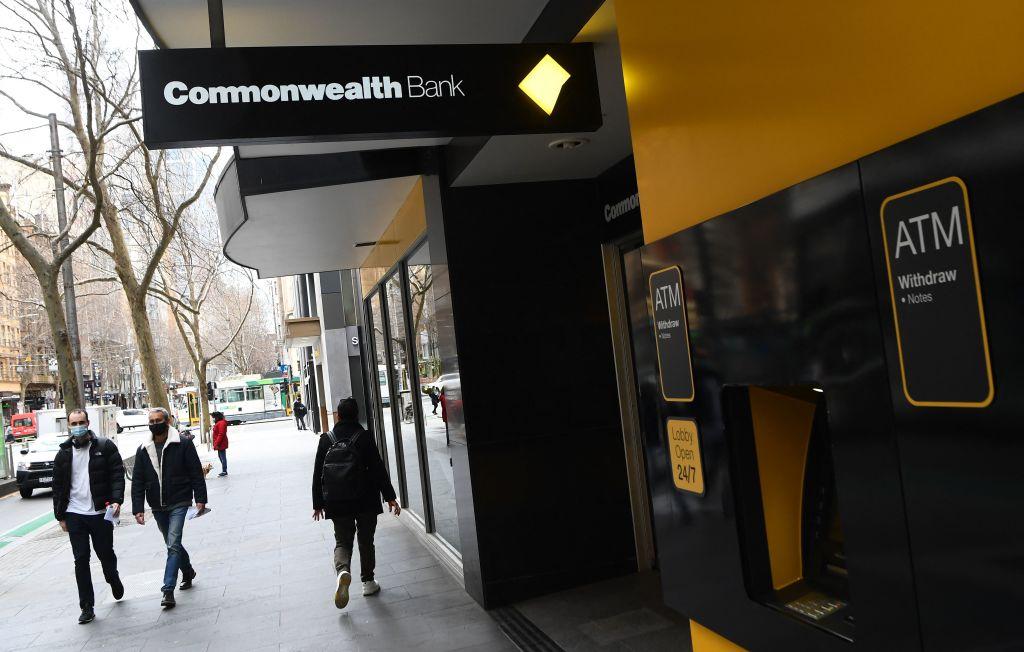One of Australia’s top financial advisors has called out the Buy Now, Pay Later (BNPL) sector’s business model saying its supposed benefits are illusory.
In his latest report, “Afterpay: The Hype and the Reality”, Prof. Janek Ratnatounga, CEO of the Institute of Certified Management Accountants (CMA) Australia & New Zealand and a former consultant to the World Bank, said that the top two selling points BNPL players use to differentiate themselves from traditional credit provider– interest-free and no credit check- are just enticing illusions.





